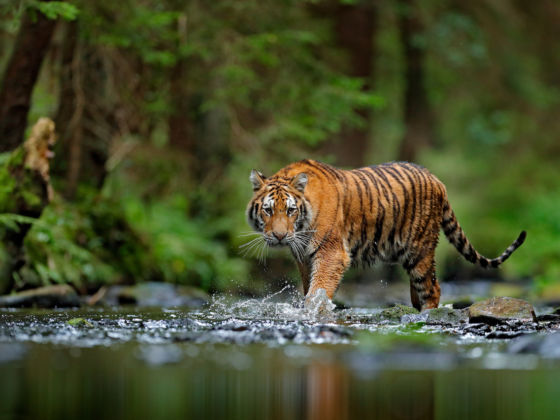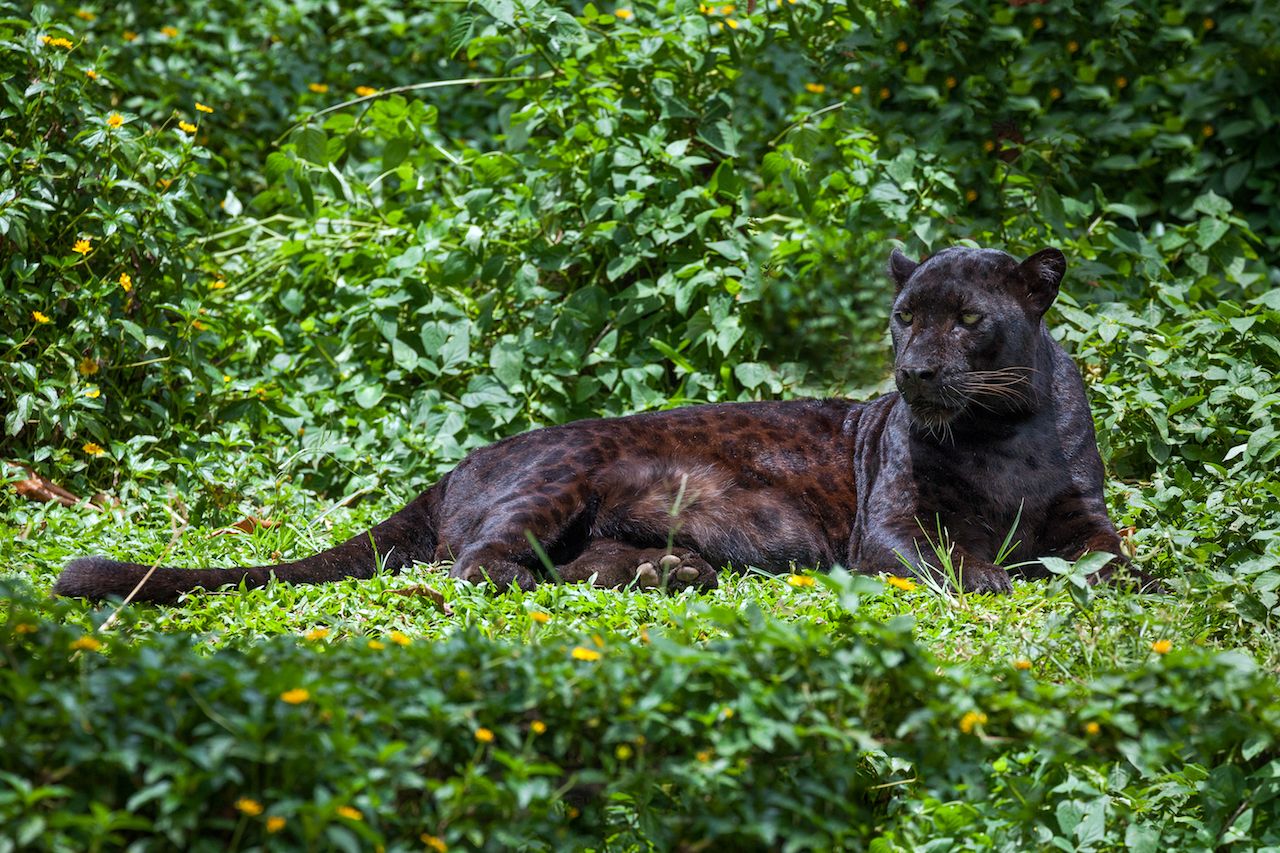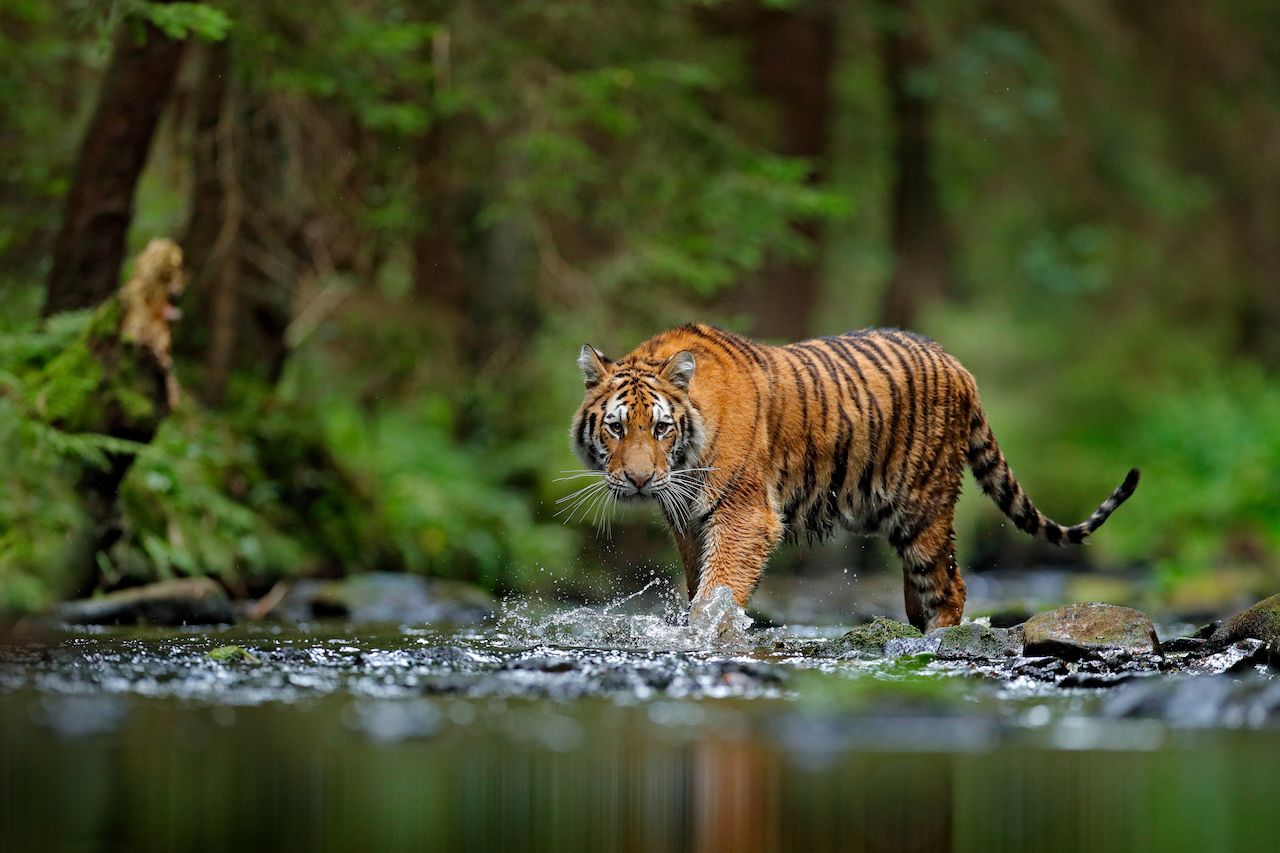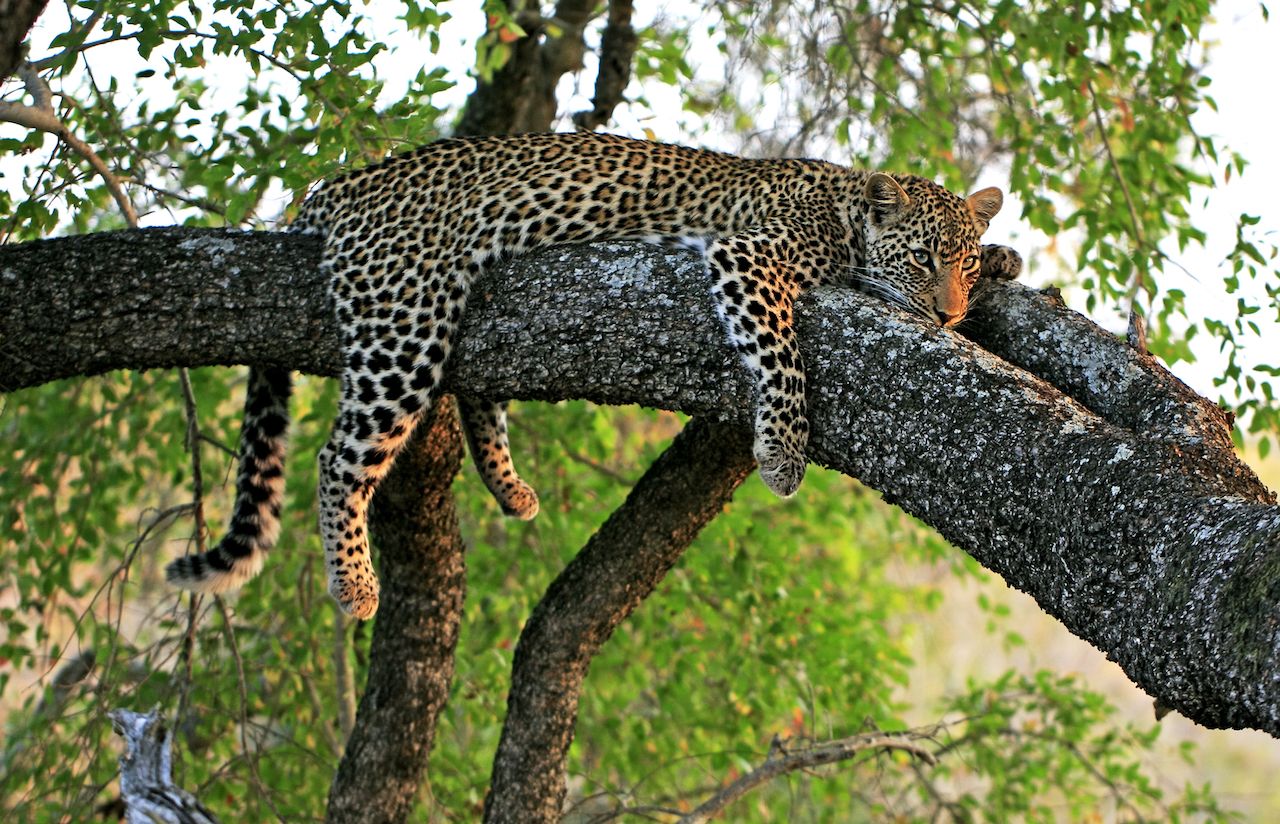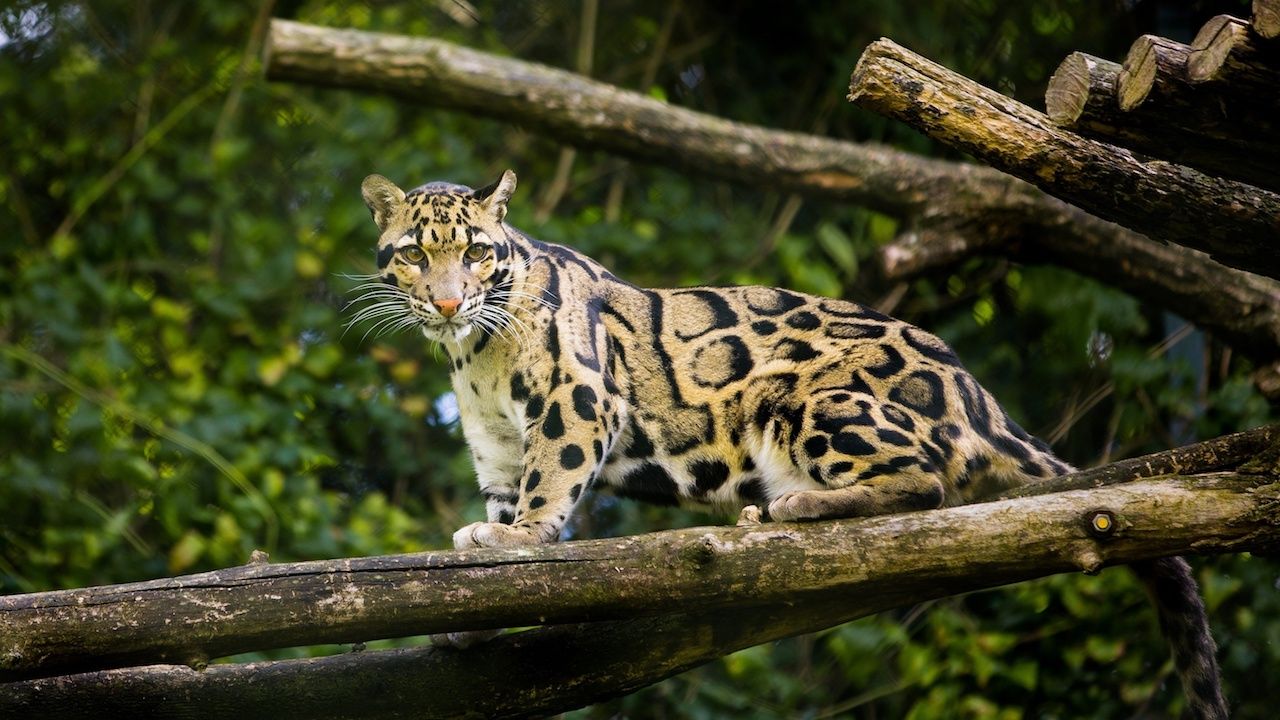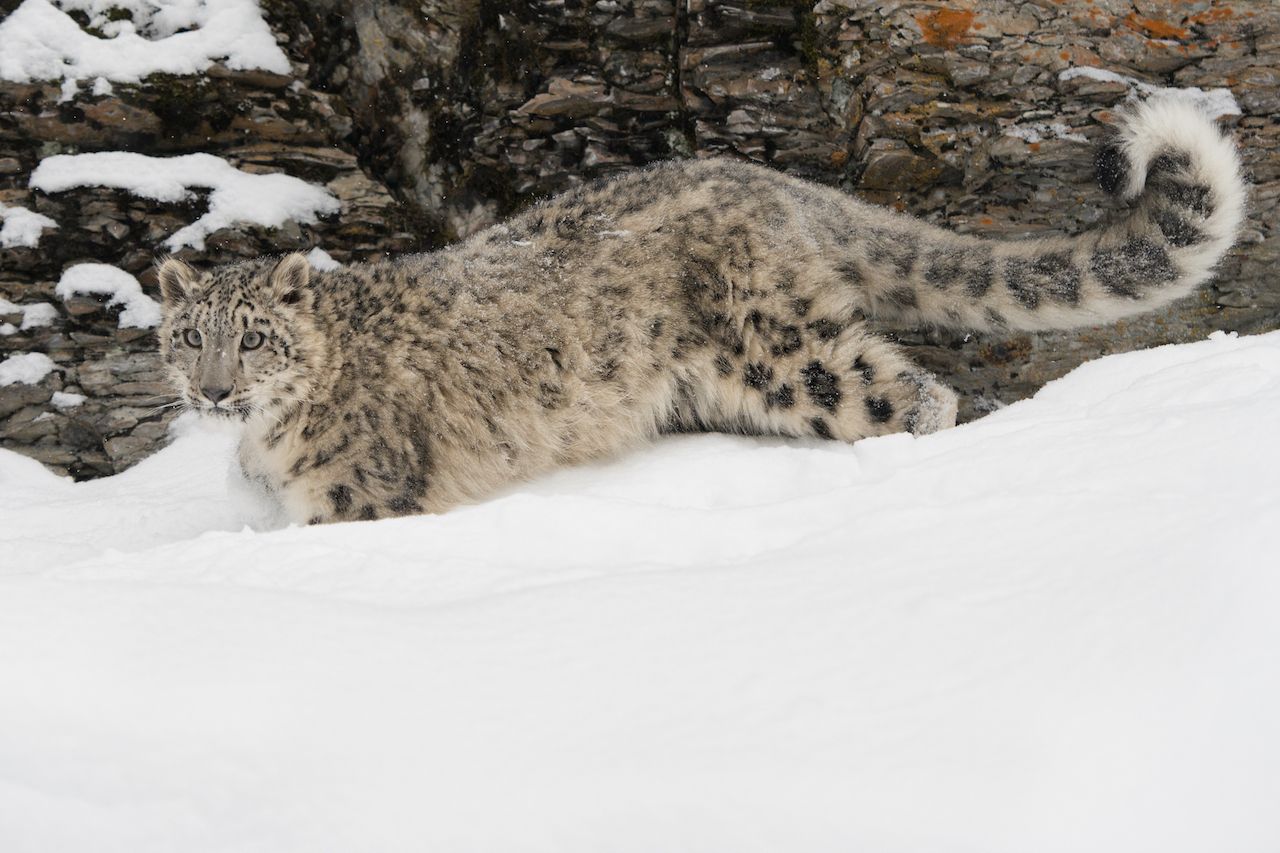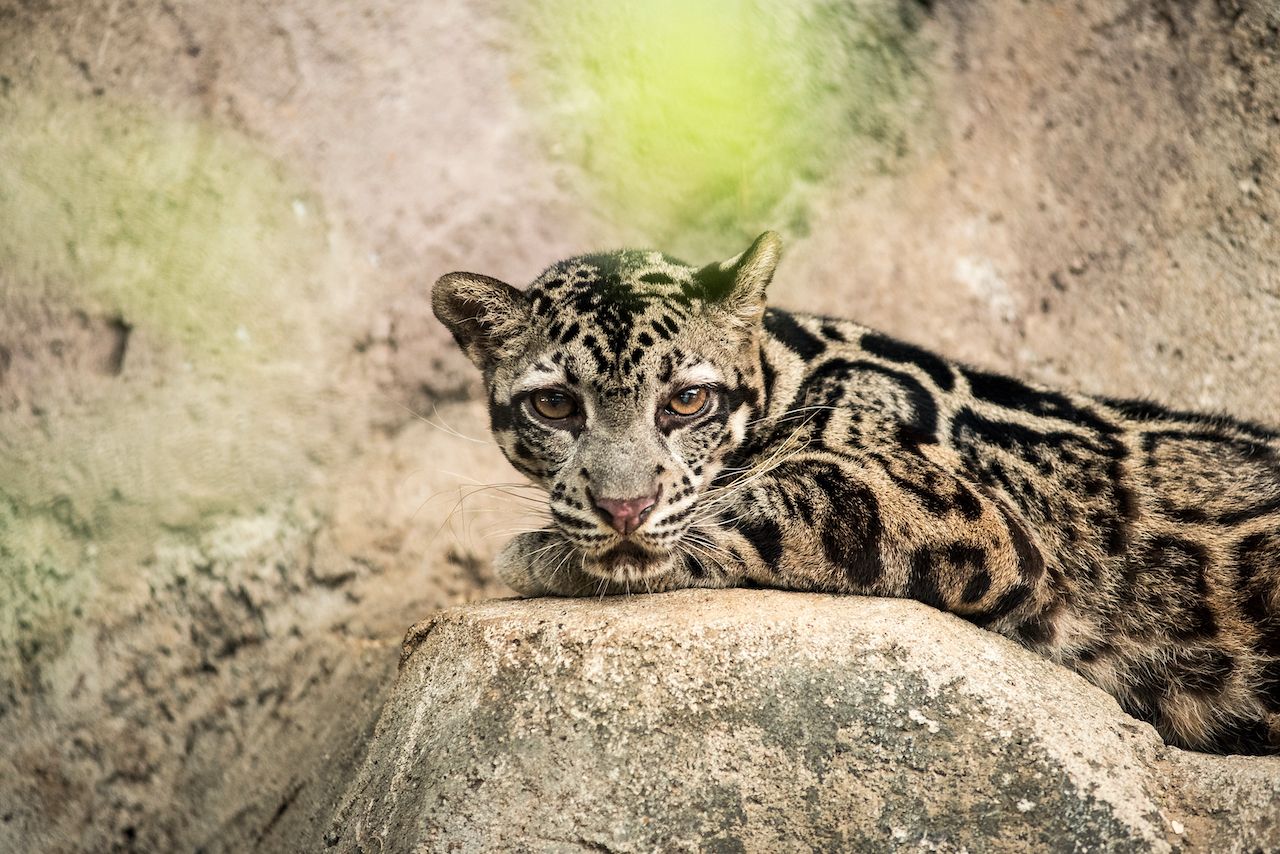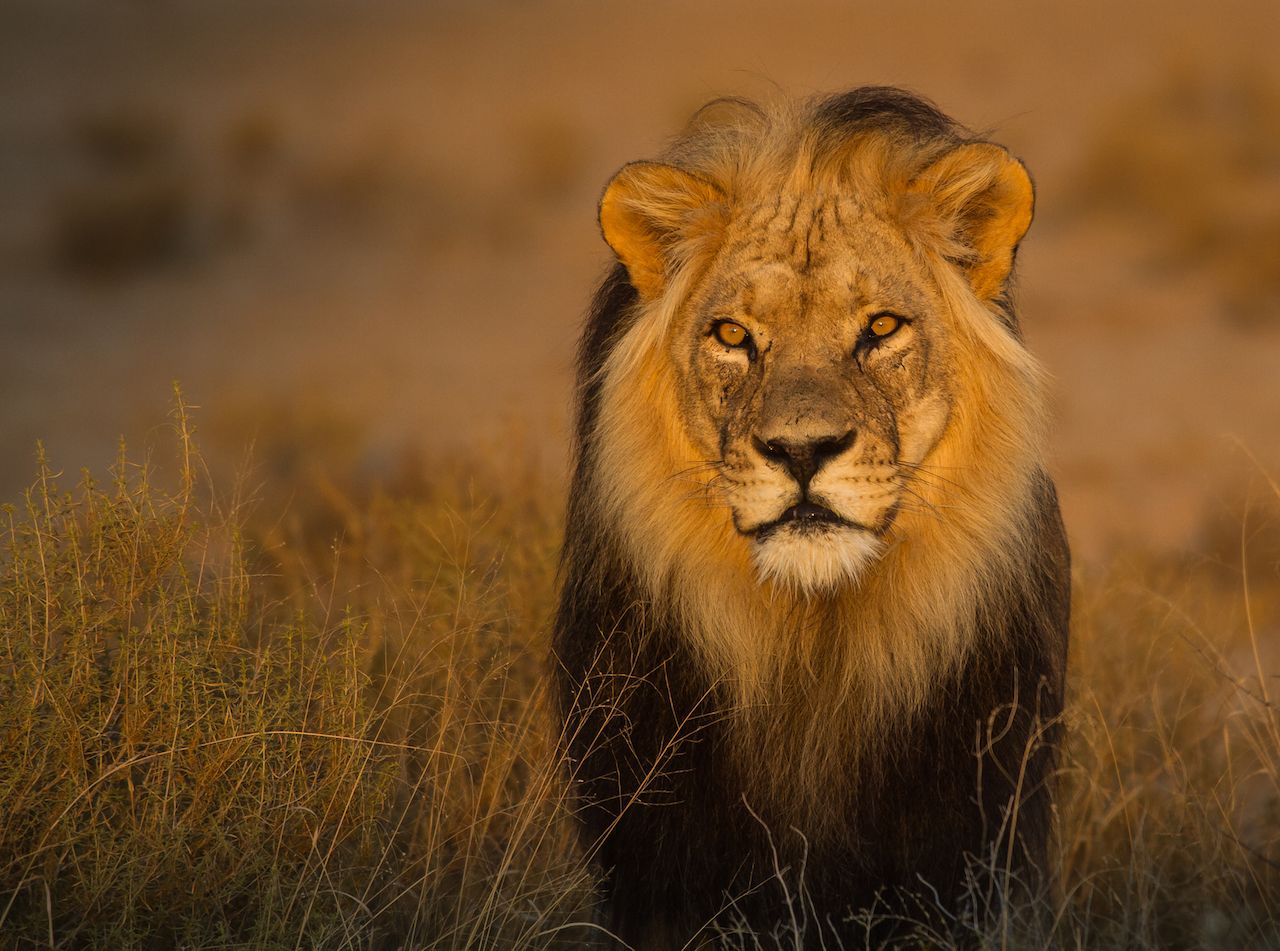From the enormous Siberian tiger to the slight, tree-dwelling clouded leopard, the big-cat family represents some of the most majestic animals on Earth. It is the combination of their feline grace and their killer instinct that makes the big cats so irresistible.
There are seven members in the big-cat family: lion, tiger, jaguar, leopard, snow leopard, mainland clouded leopard, and Sunda clouded leopard and all of them are under threat from habitat loss, poaching, and human-wildlife conflict.
One way each of us can take personal action to help protect the big cats is to choose an ethical local tour operator when going on a wildlife-watching safari. After all, if the local communities benefit from wildlife protection, the conservation strategies will have a much higher chance of success.
Here are the world’s seven big cats and where to travel to see them in the wild:
